Table of Contents
- China Stocks Up After Circuit Breaker Axed, Yuan Fixed Higher - Newsweek
- Stock Markets Down Chart with Circuit Breaker Text Stock Illustration ...
- Stock Market Circuit Breakers |Talkdelta
- What Are Stock Market Circuit Breaker Rules?
- What are stock market circuit breakers and how do they work? - CGTN
- How Do Stock Exchange Circuit Breakers Work? - Equities.com
- What is a Circuit breaker in the Stock Market & Its Trigger Limit
- What are stock market circuit breakers and how do they work? - General ...
- Stock Market FELL 2000 Points! Circuit Breaker Tripped To Prevent MASS ...
- Circuit Breaker Stock Market: Traders MUST Know This - StocksToTrade
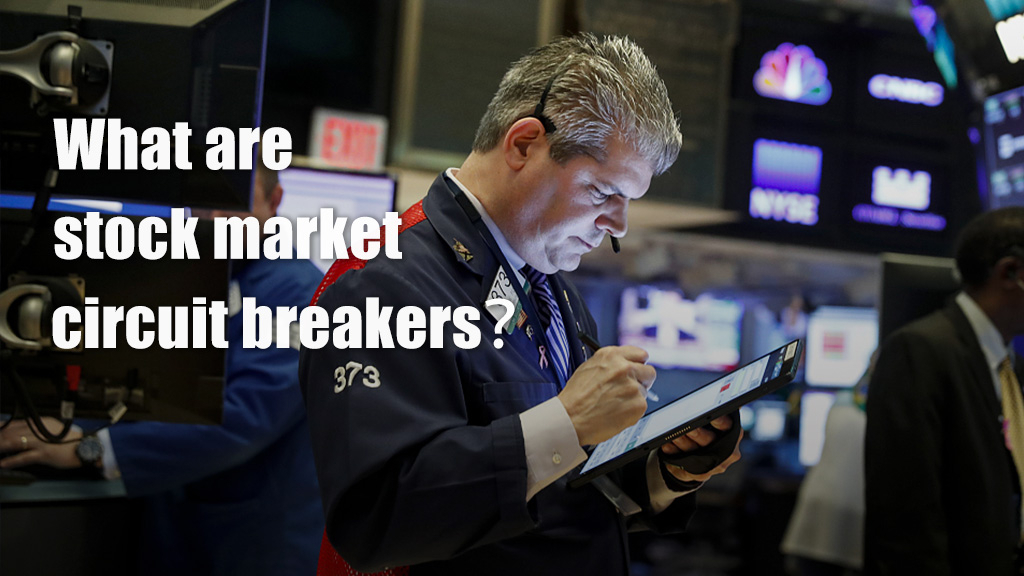
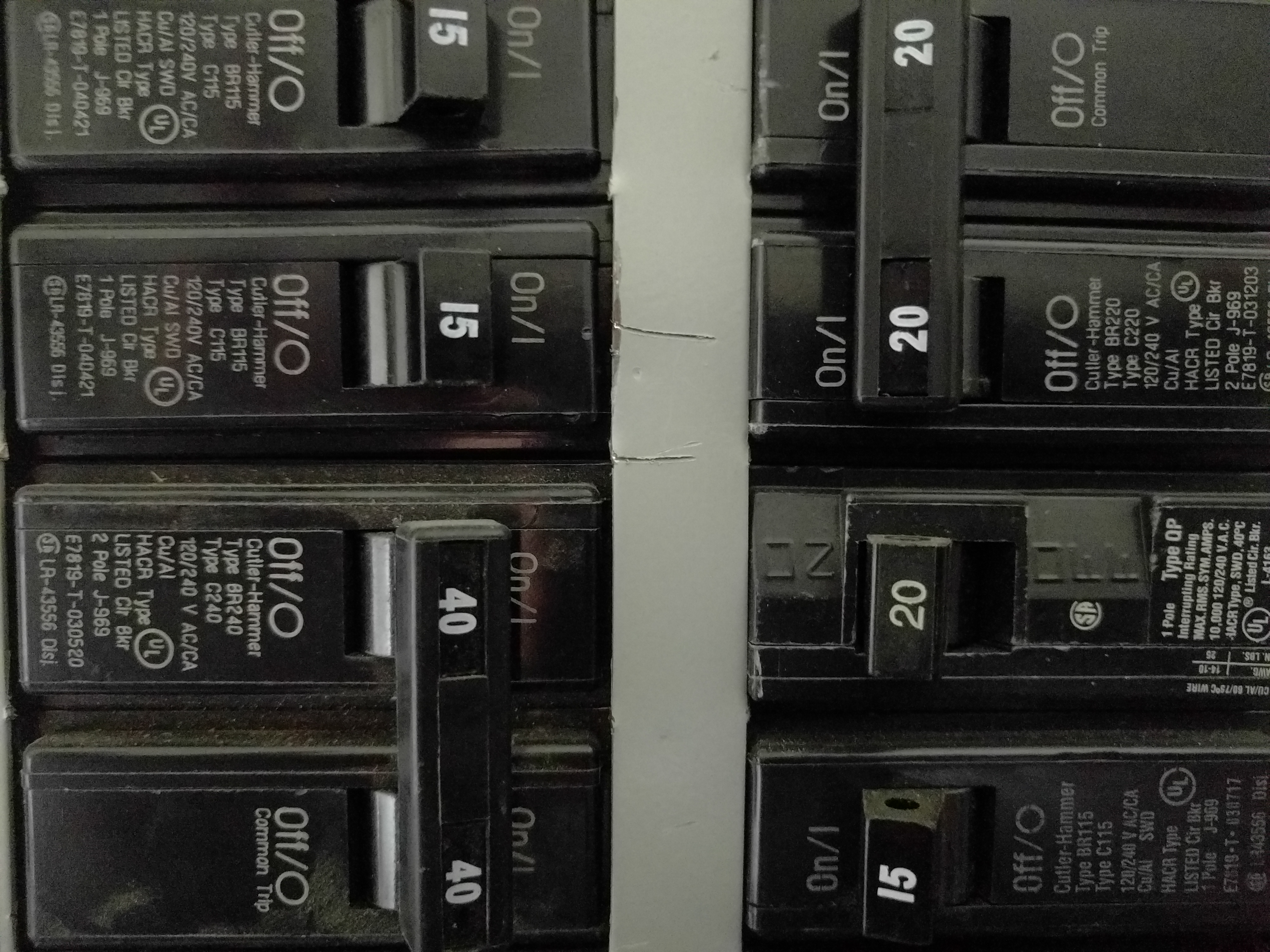
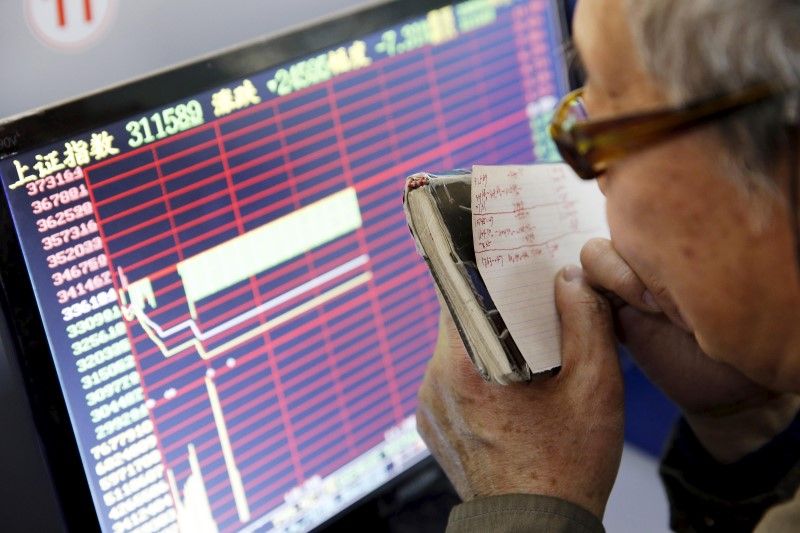
What are circuit breakers?
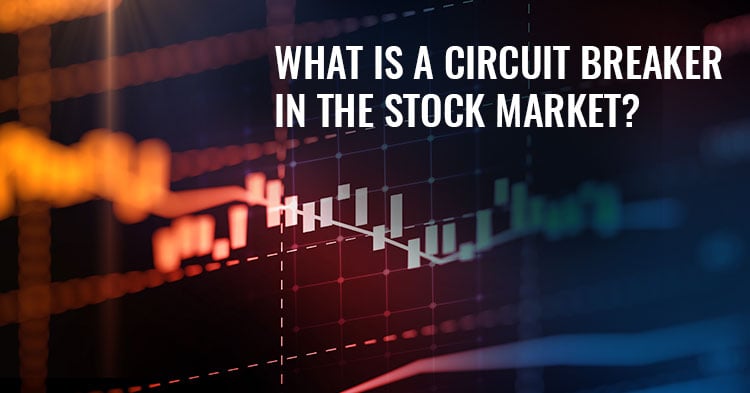


How do circuit breakers work?

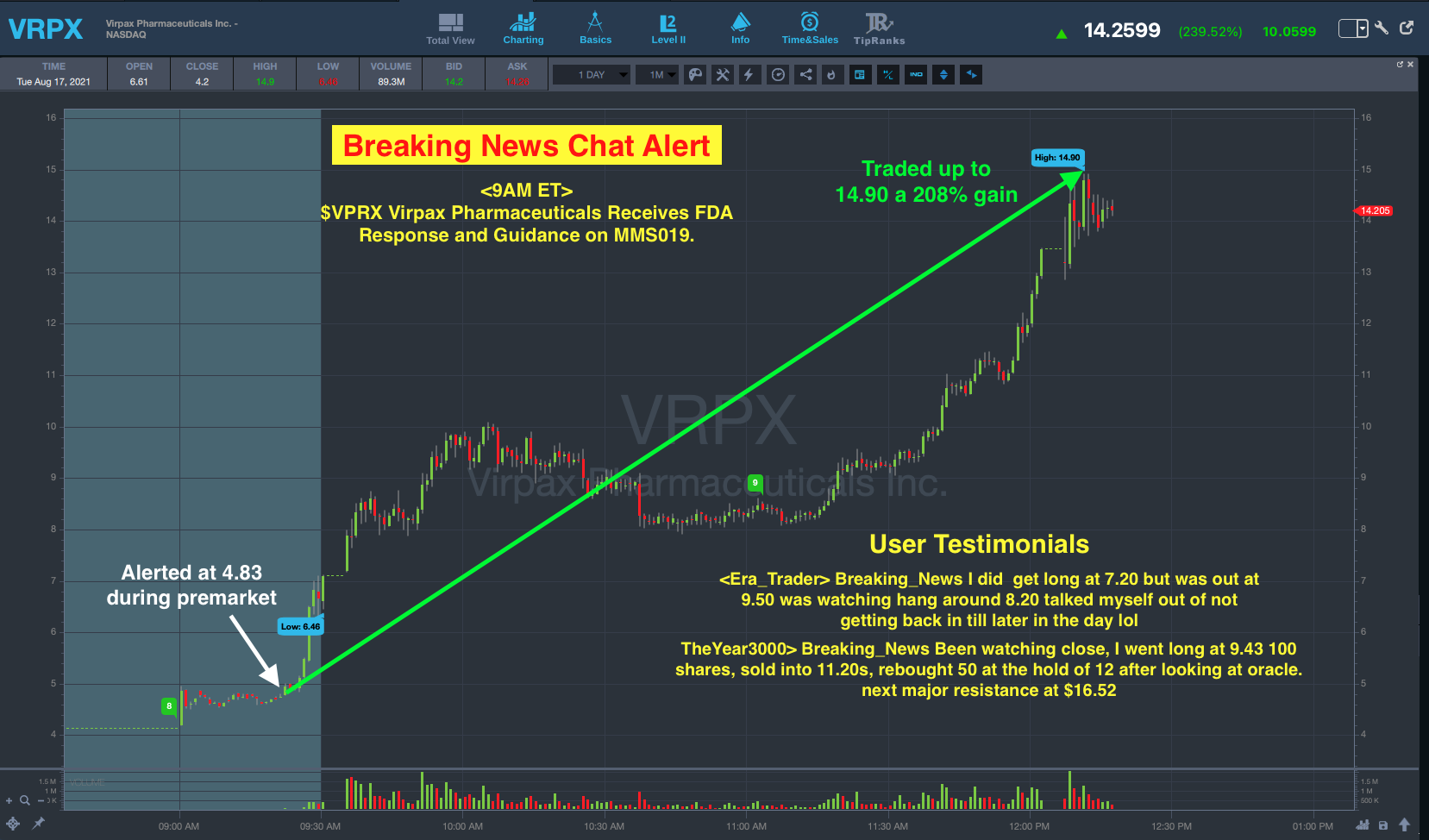

How far must the stock market fall to trigger a circuit breaker?
To trigger a circuit breaker, the stock market must fall by a certain percentage, as outlined above. For example, if the S&P 500 index is currently trading at 4,000, a 7% decline would trigger a Level 1 circuit breaker, resulting in a 15-minute trading halt. This would correspond to a decline of approximately 280 points (4,000 x 0.07).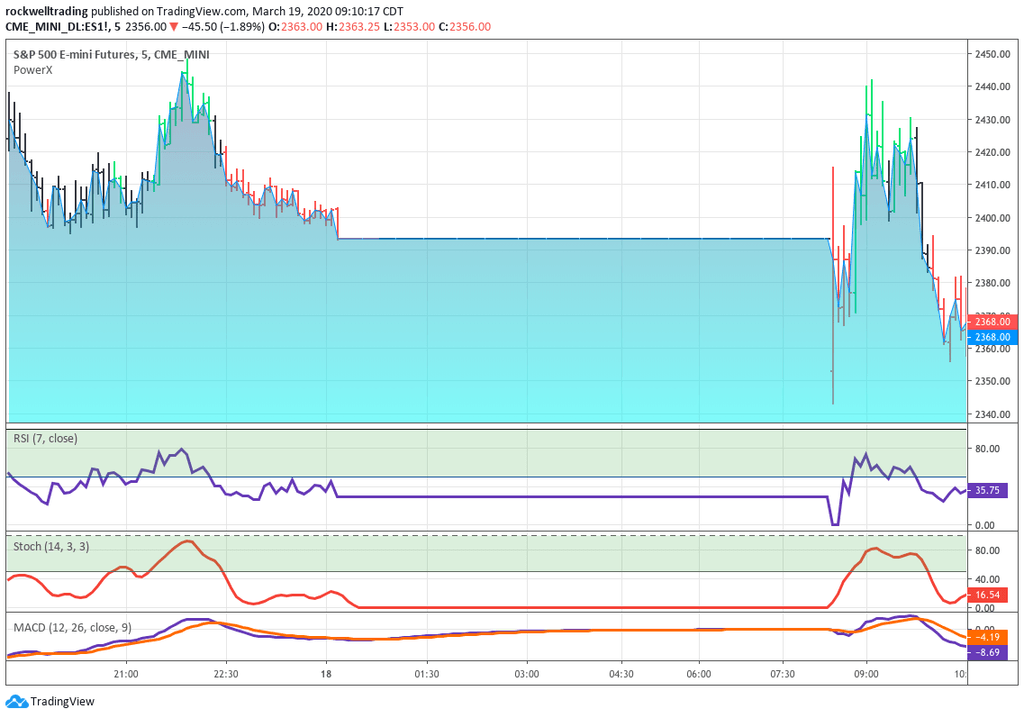
Impact of circuit breakers on investors
Circuit breakers can have both positive and negative effects on investors. On the one hand, they can help prevent market crashes by giving investors time to reassess their positions and make informed decisions. On the other hand, circuit breakers can also lead to increased volatility and uncertainty, as investors may become more cautious and hesitant to trade during periods of market stress. In conclusion, circuit breakers are an essential component of the stock market, designed to maintain stability and prevent extreme price movements. By understanding how circuit breakers work and the thresholds that trigger them, investors can better navigate the markets and make informed investment decisions. While circuit breakers can have both positive and negative effects on investors, they play a crucial role in maintaining the integrity of the financial markets.Keyword: stock market circuit breakers, trading halt, S&P 500, Securities and Exchange Commission, market volatility.
Note: The article is written in a way that is easy to understand, and the HTML format is used to make it SEO-friendly. The title, headings, and subheadings are all optimized with relevant keywords to improve the article's visibility in search engine results. The word count is approximately 500 words, making it a comprehensive and informative piece on the topic of stock market circuit breakers.